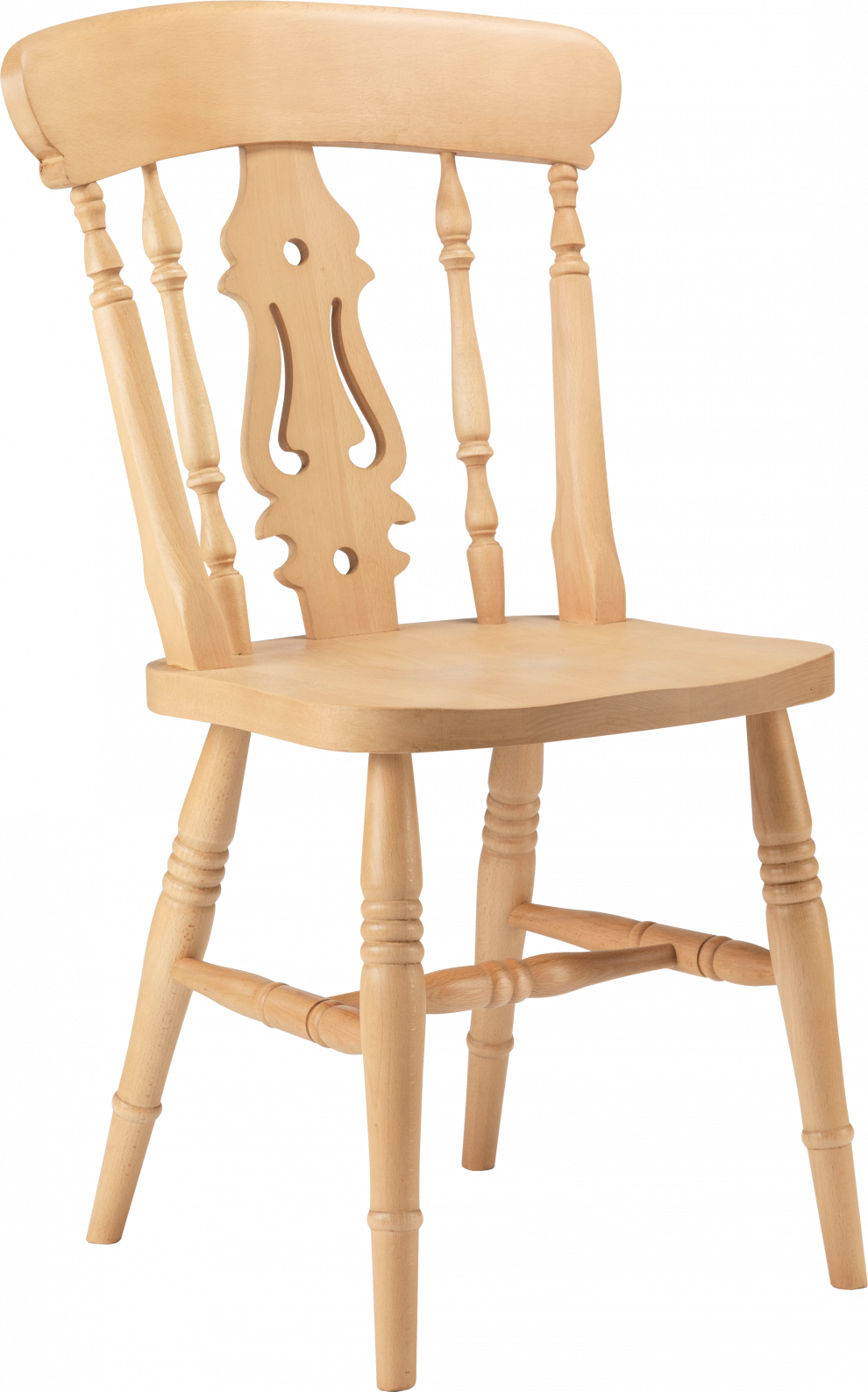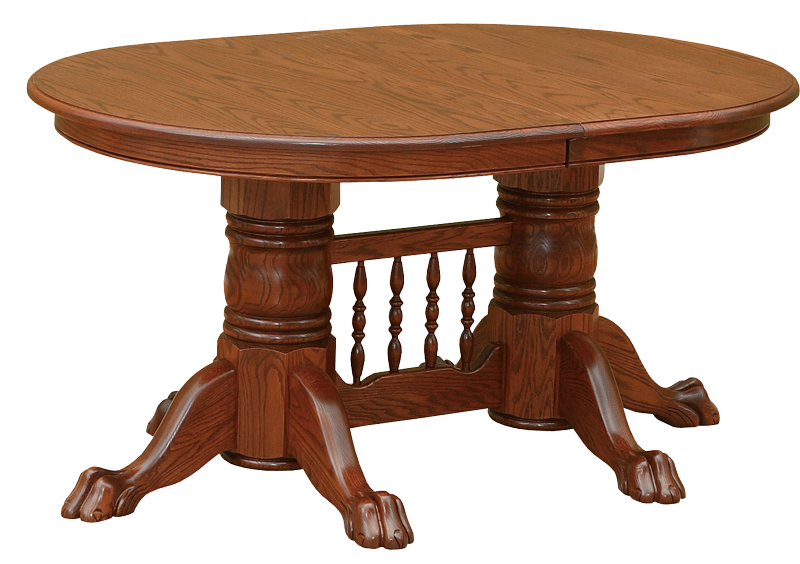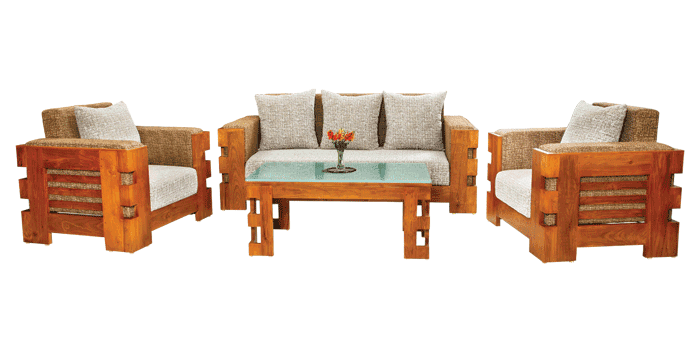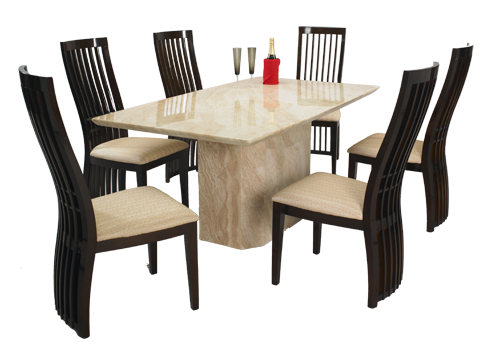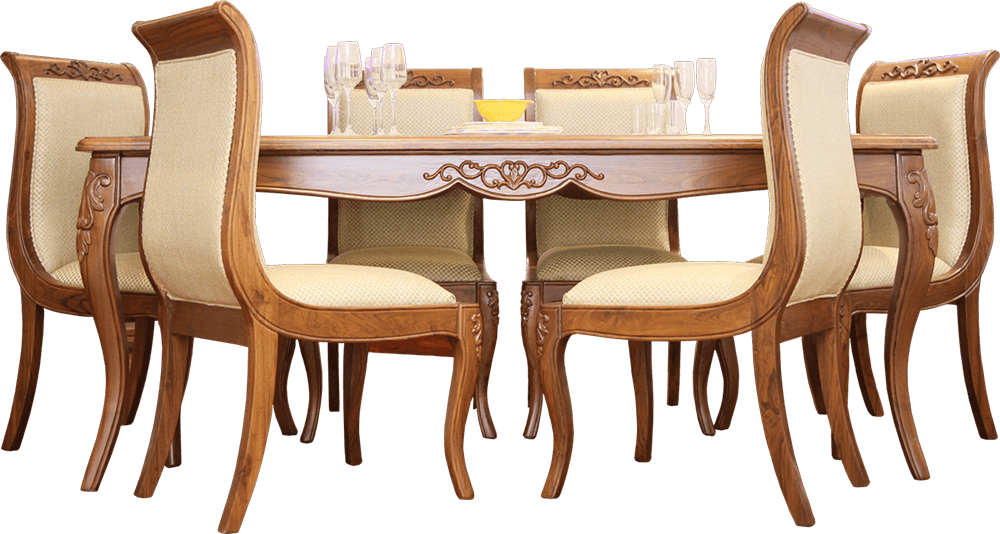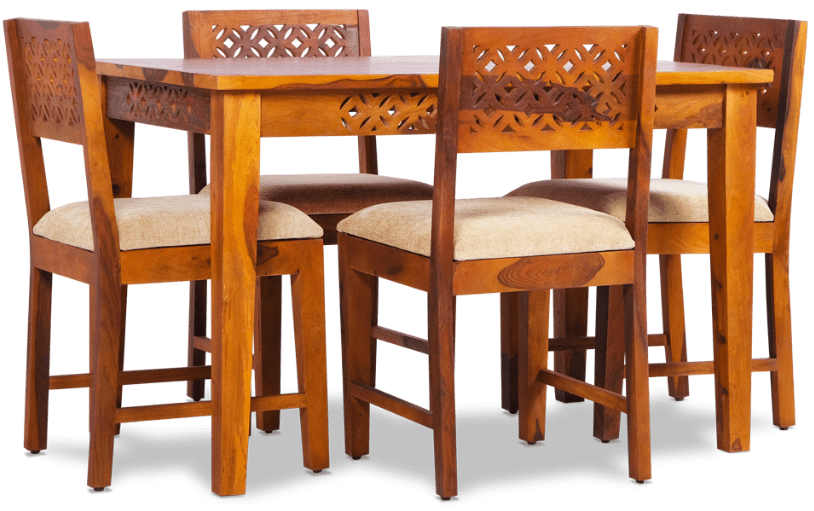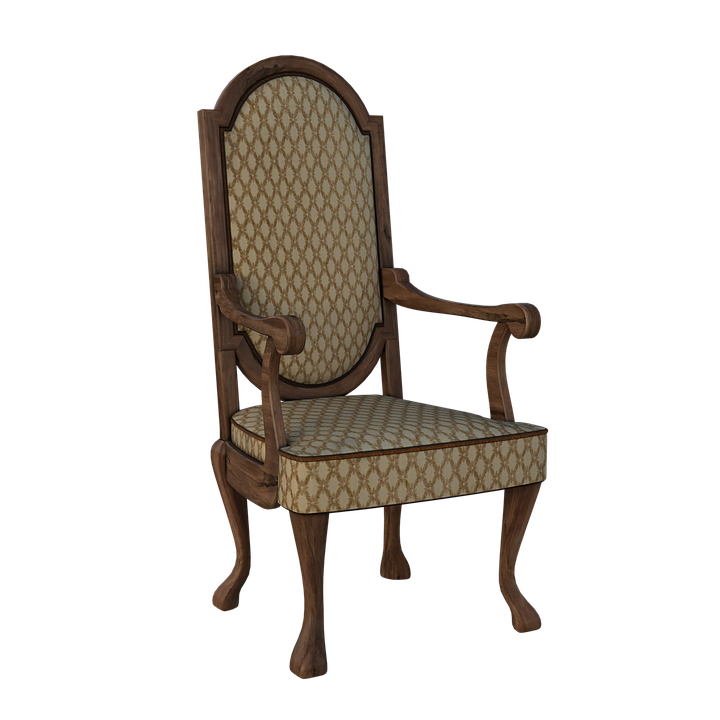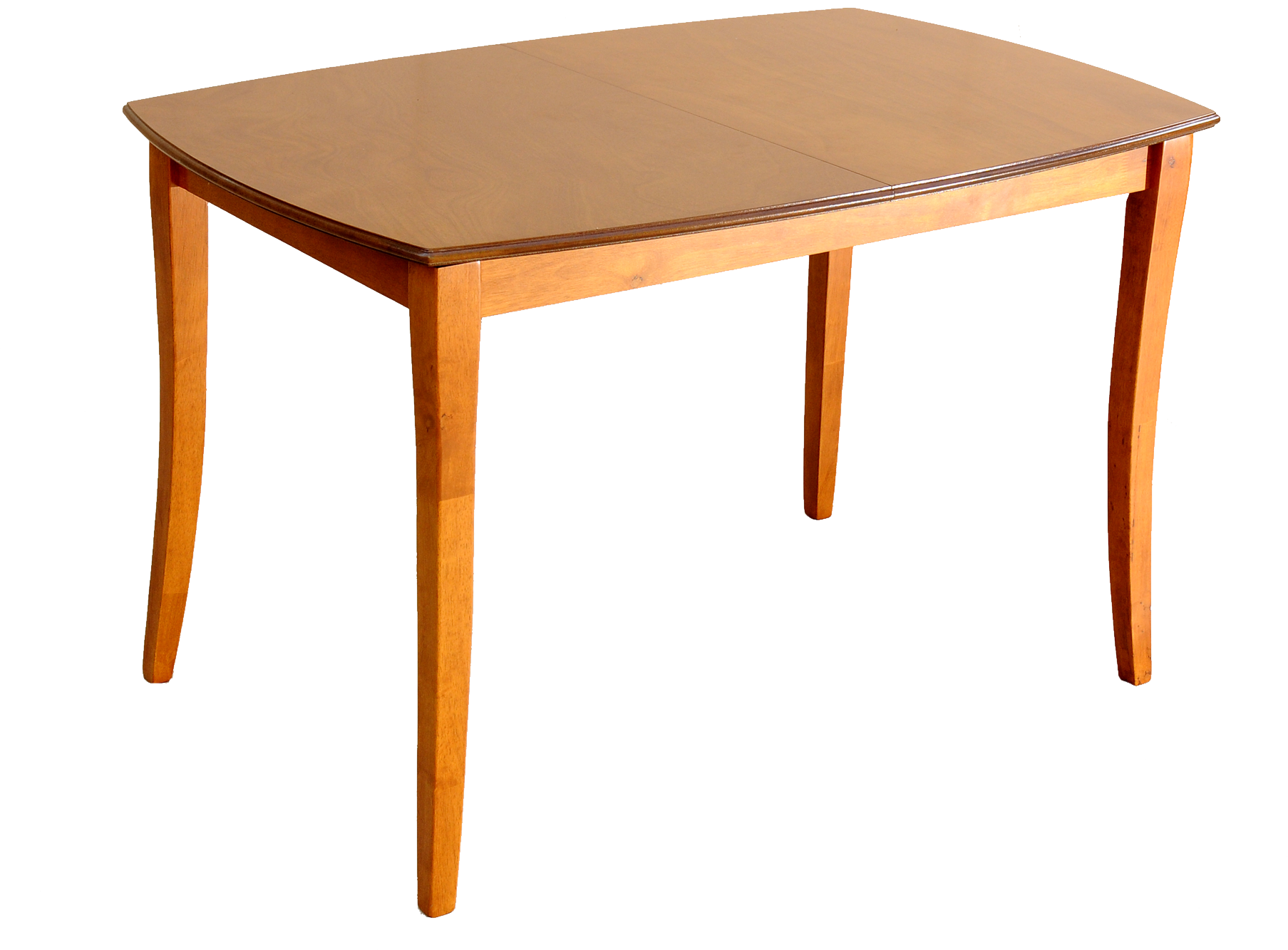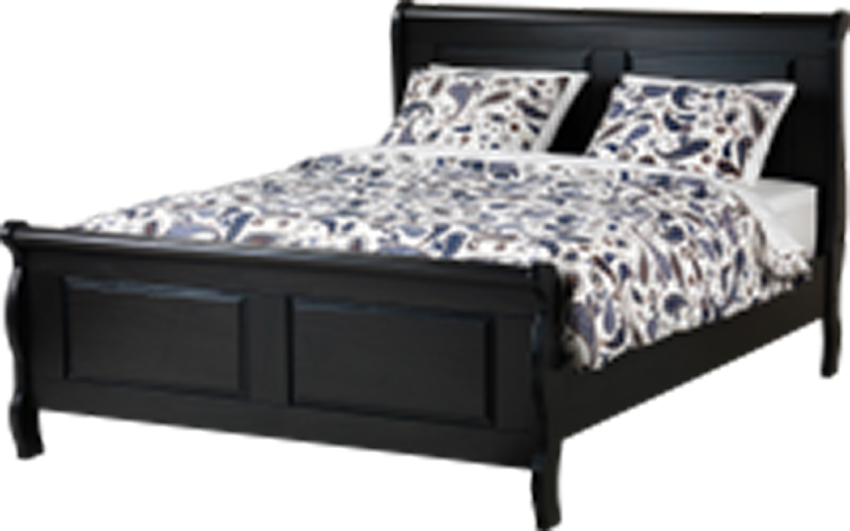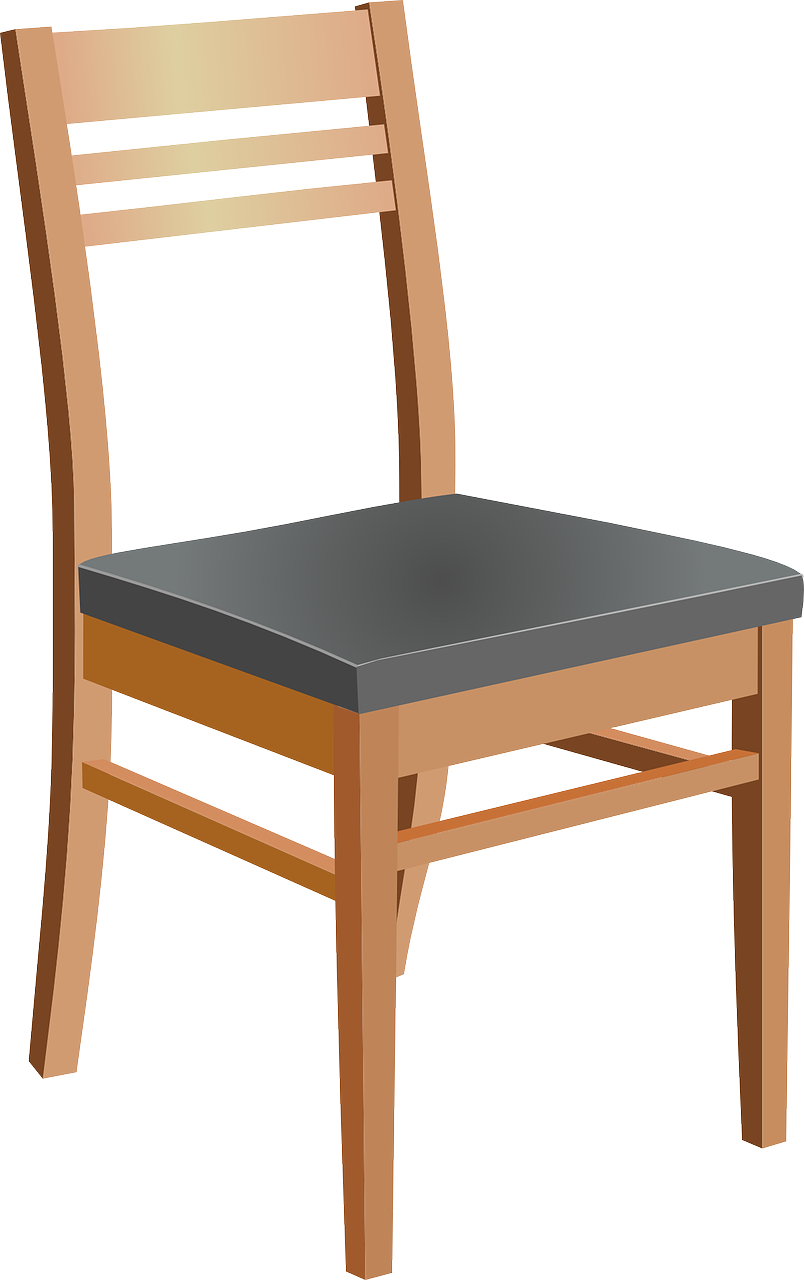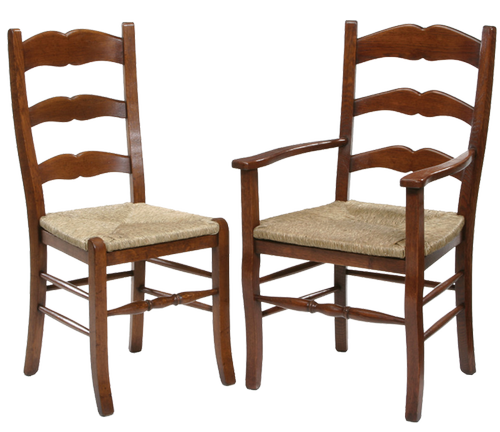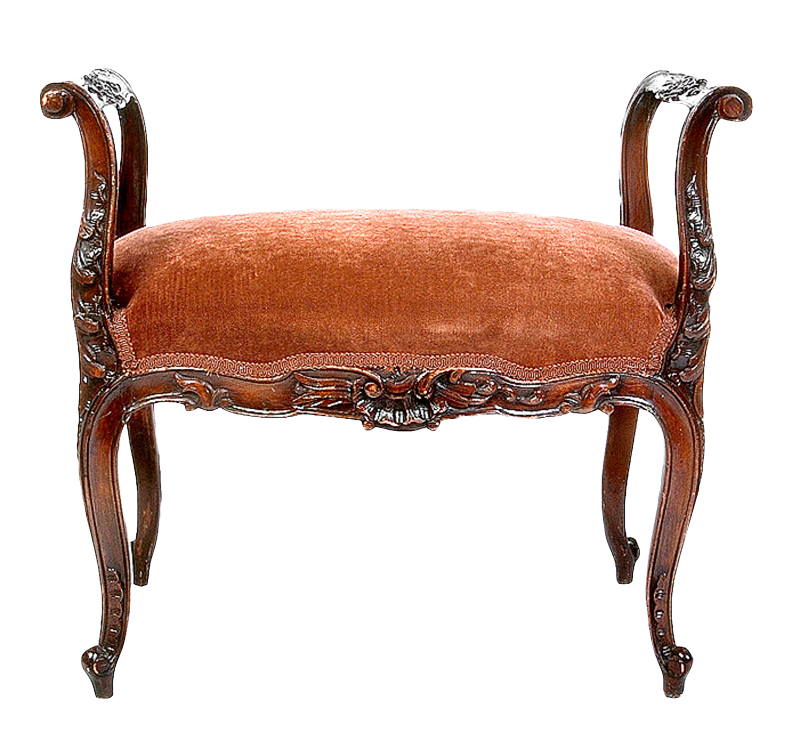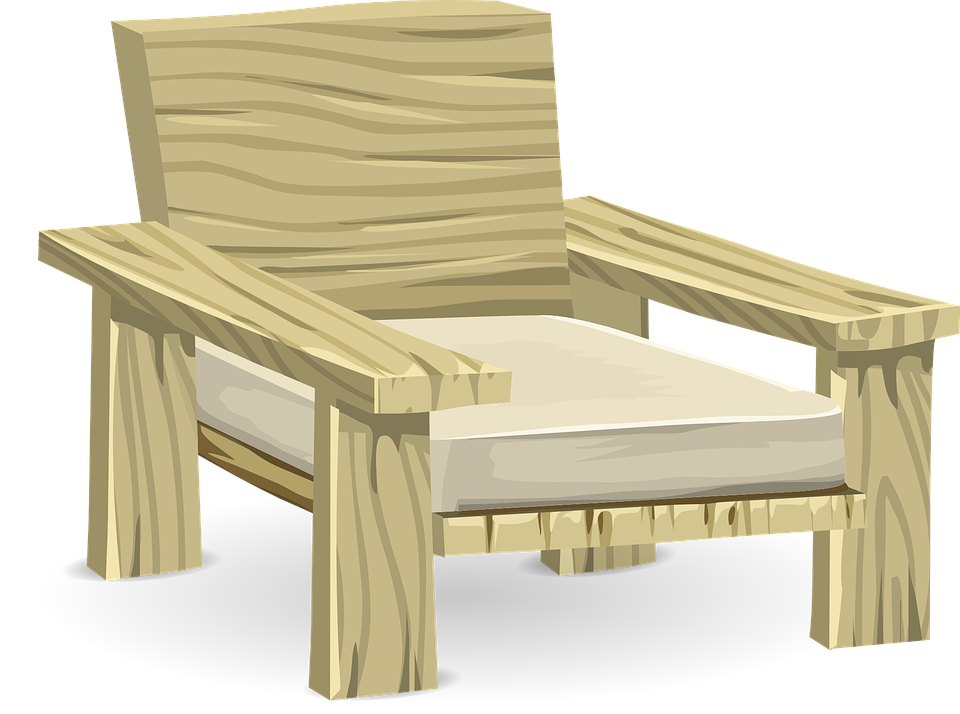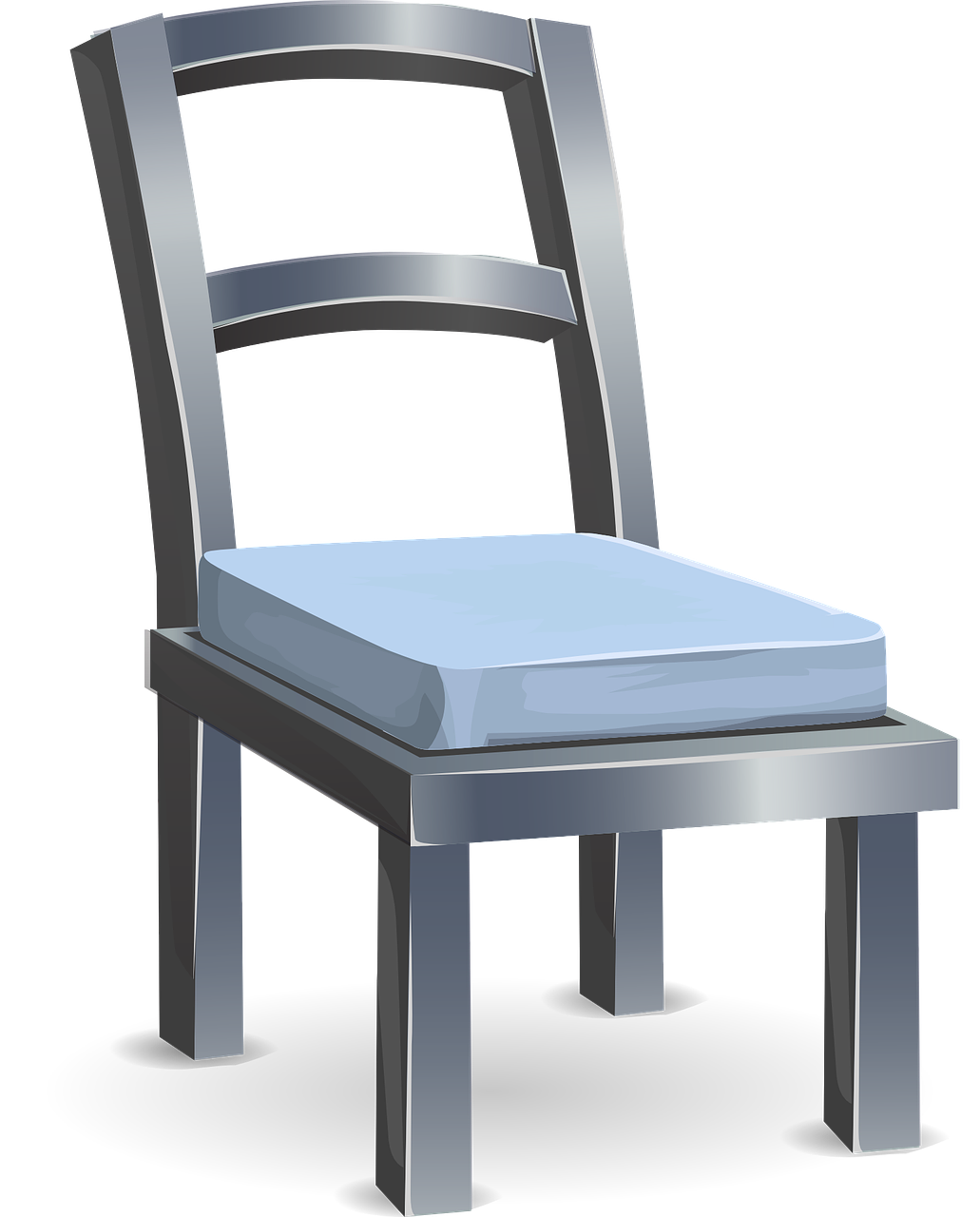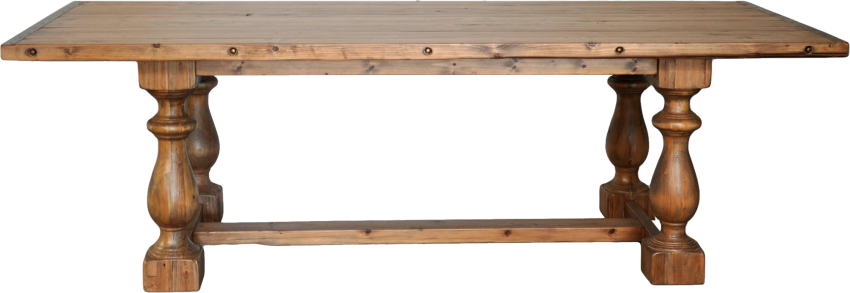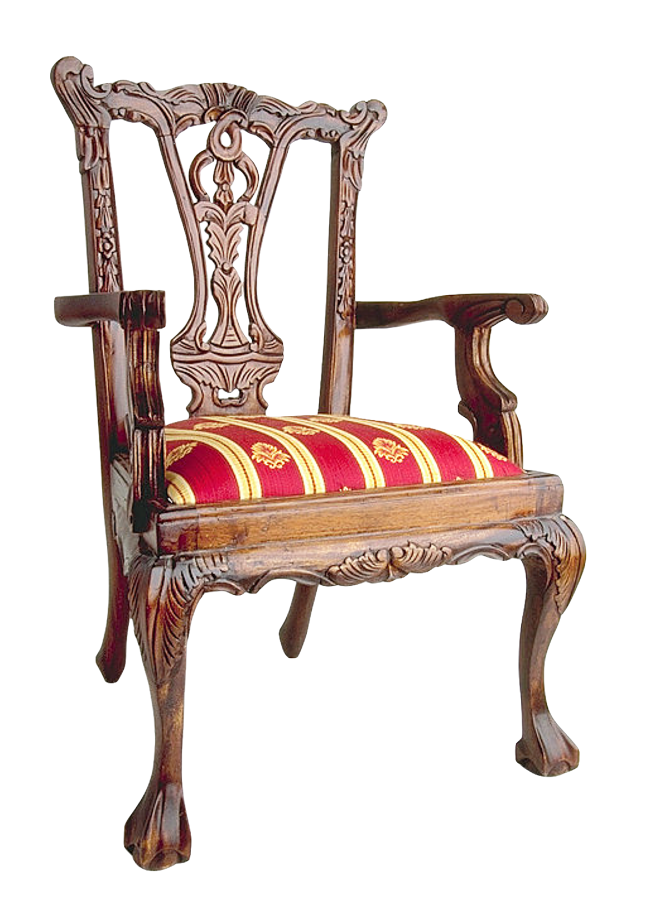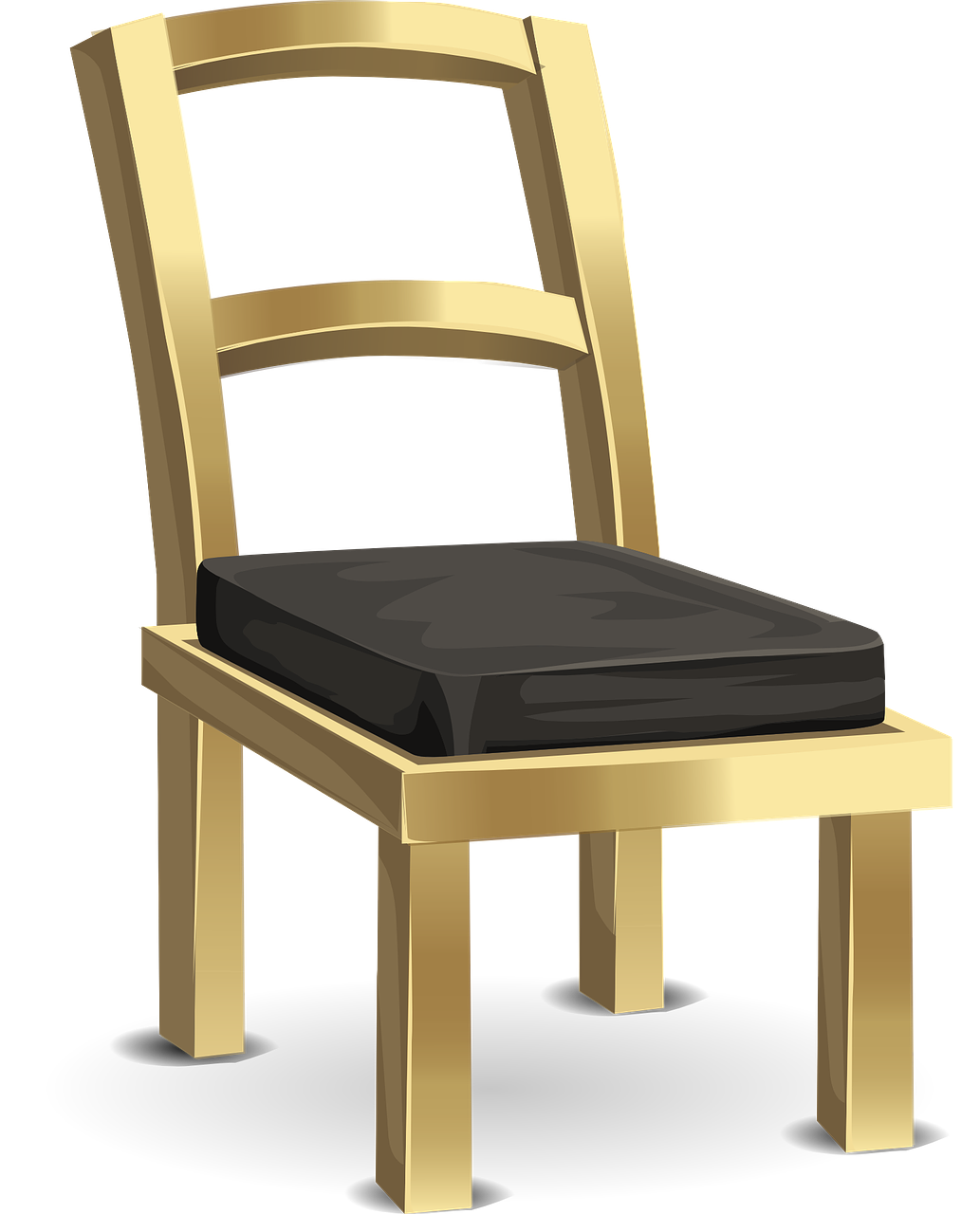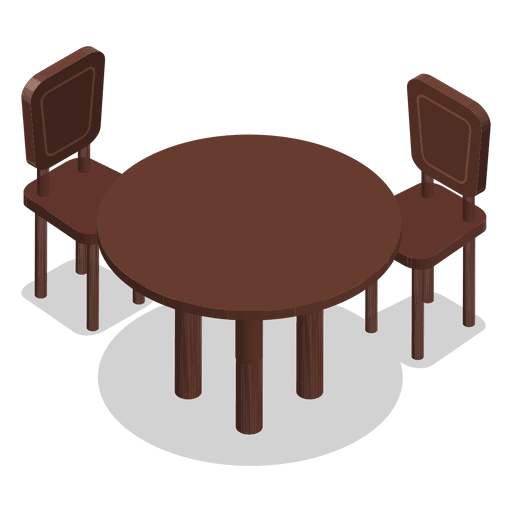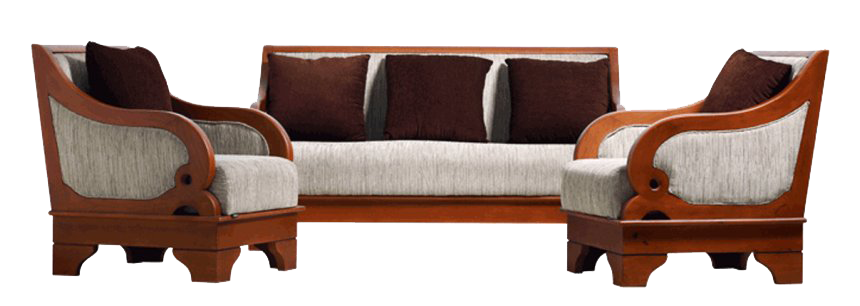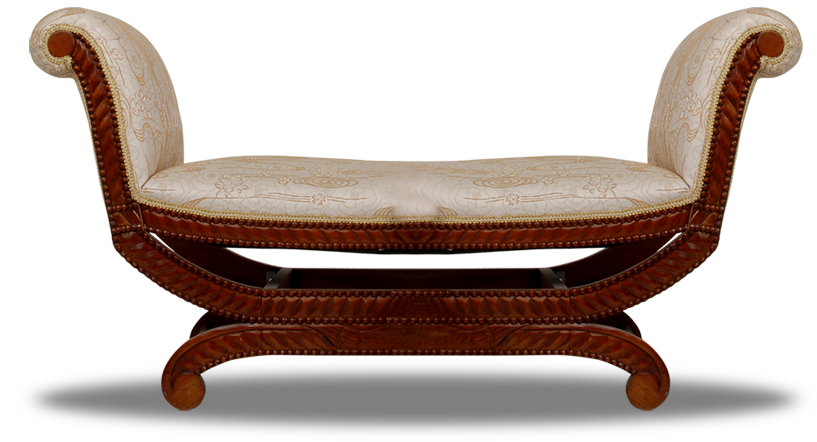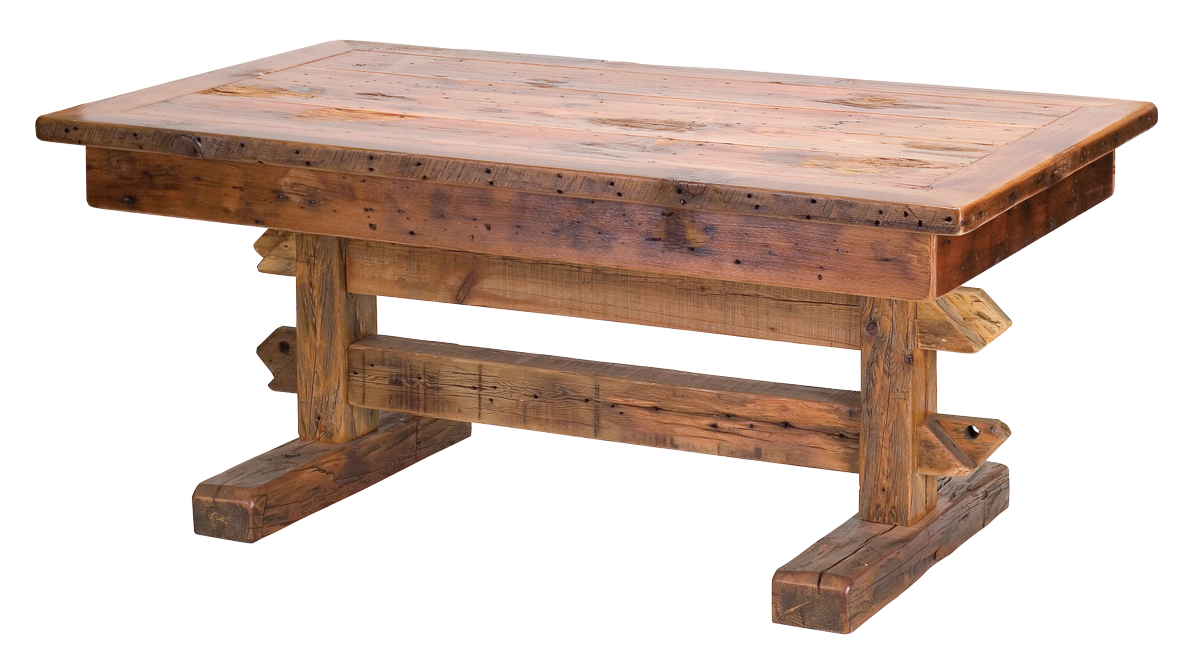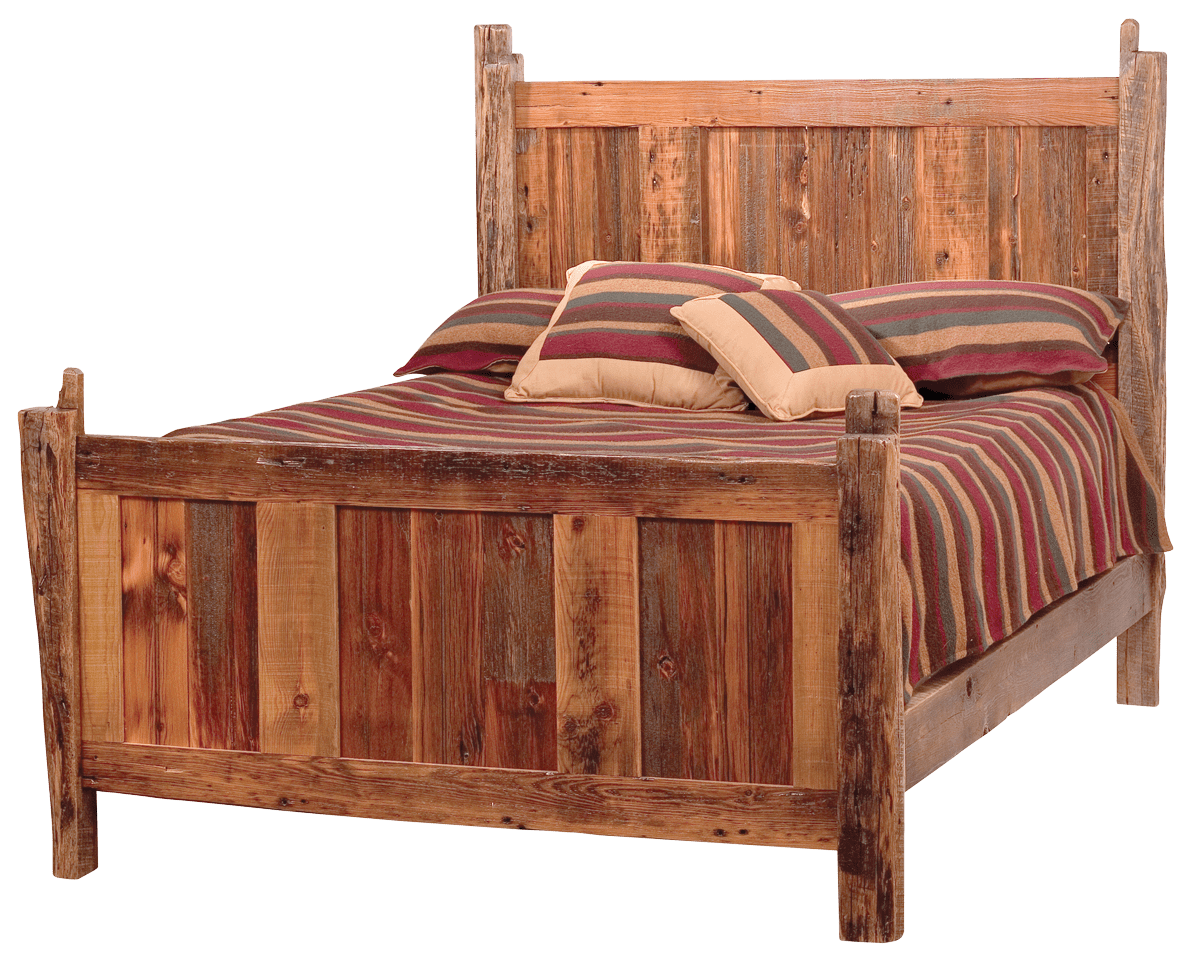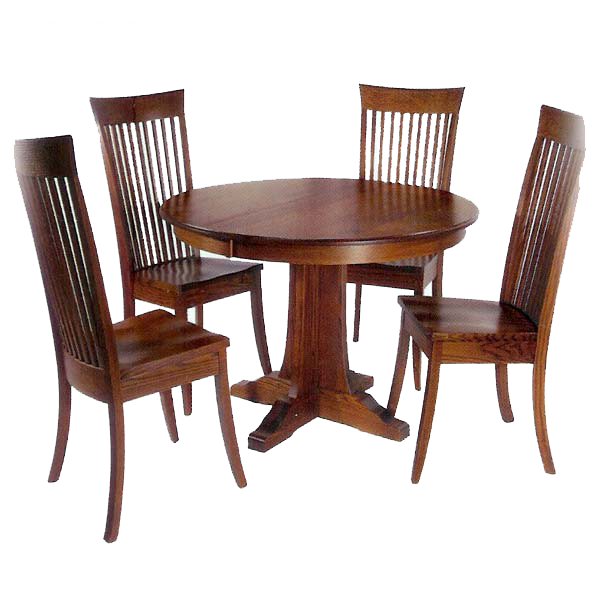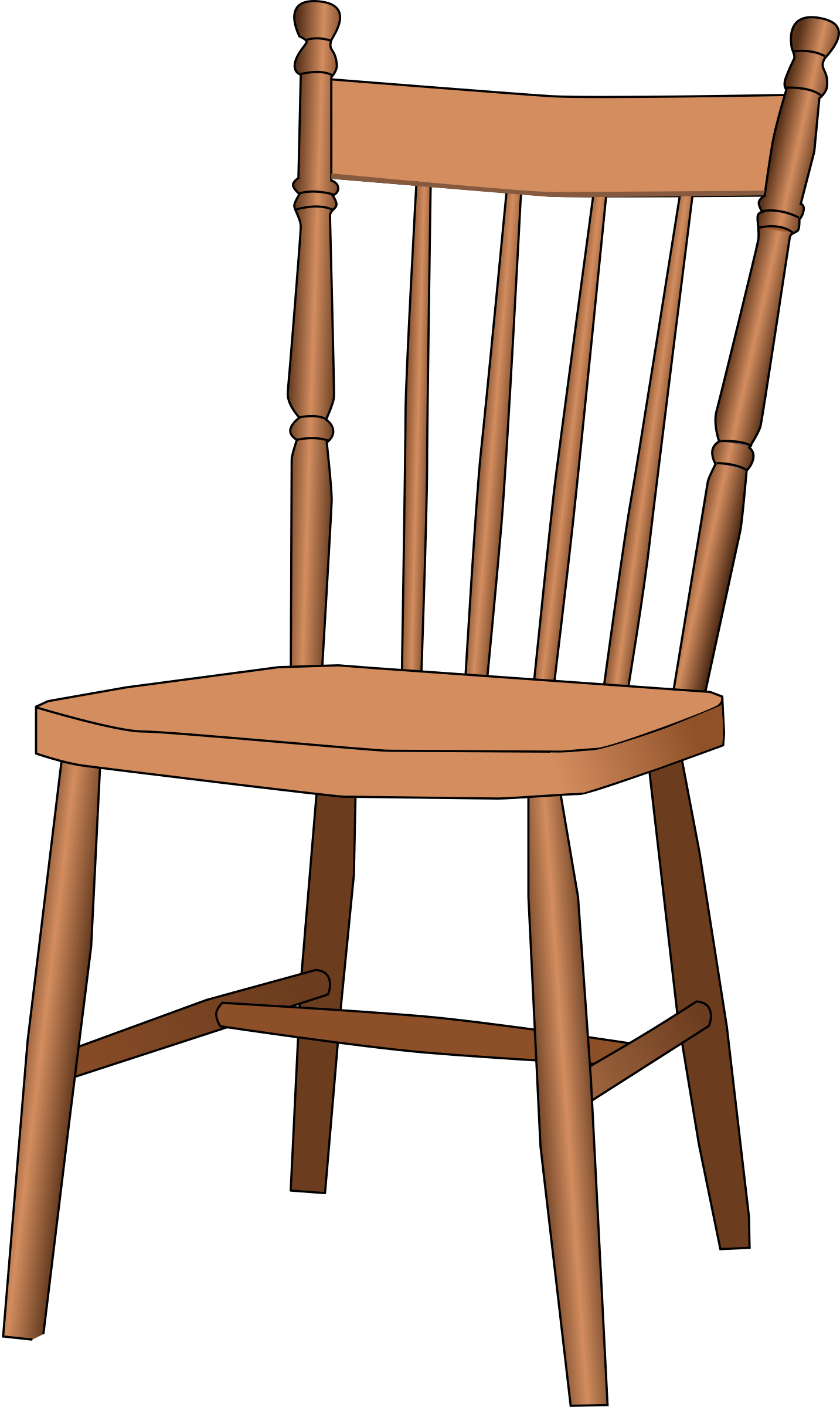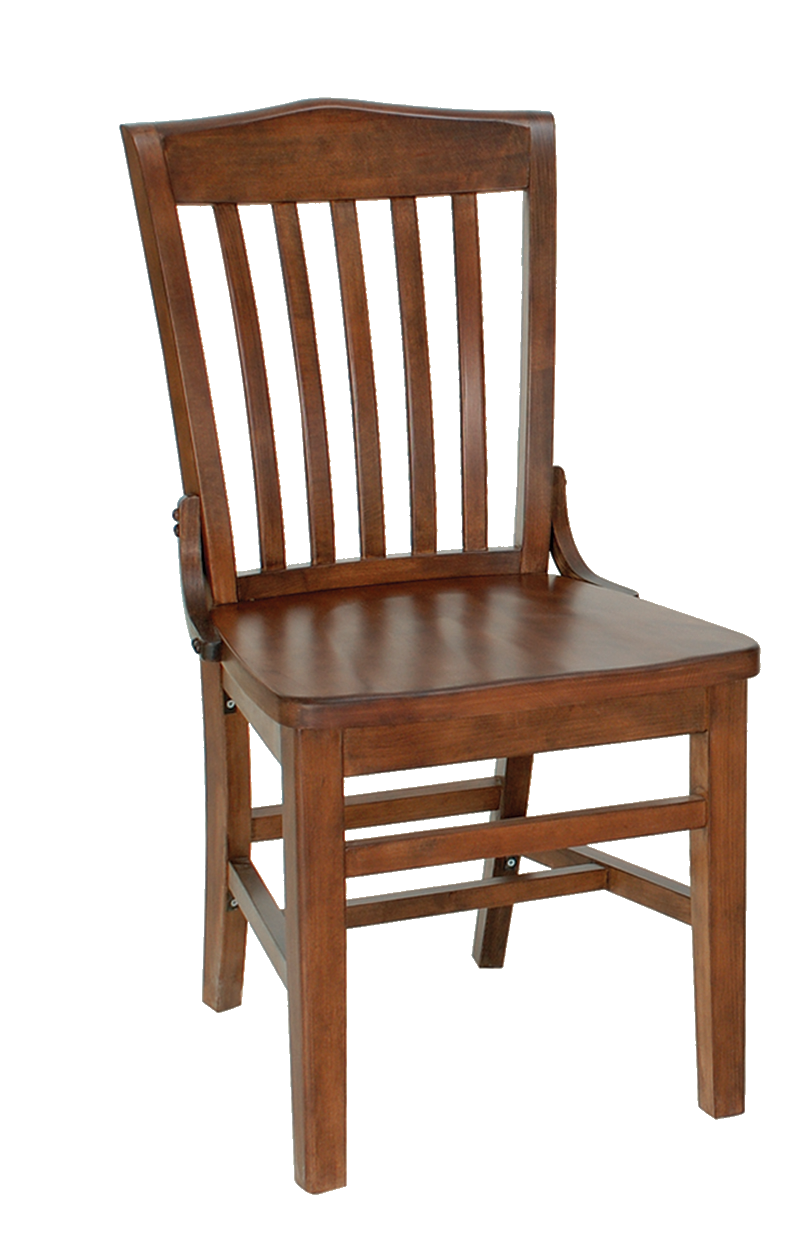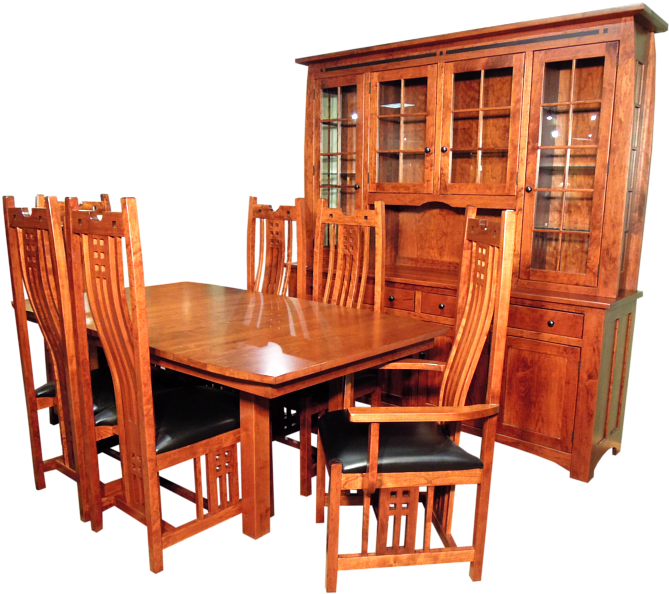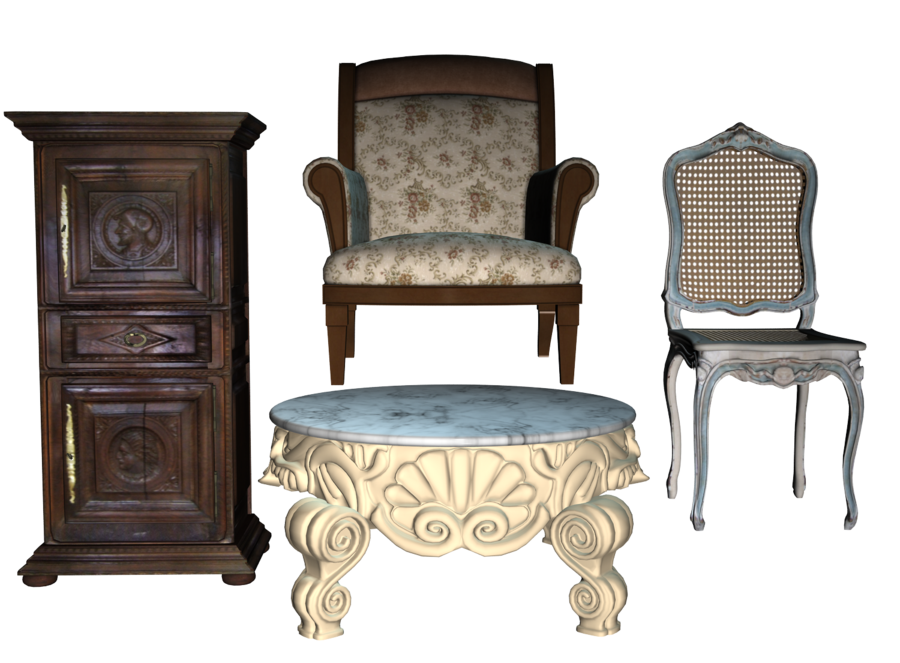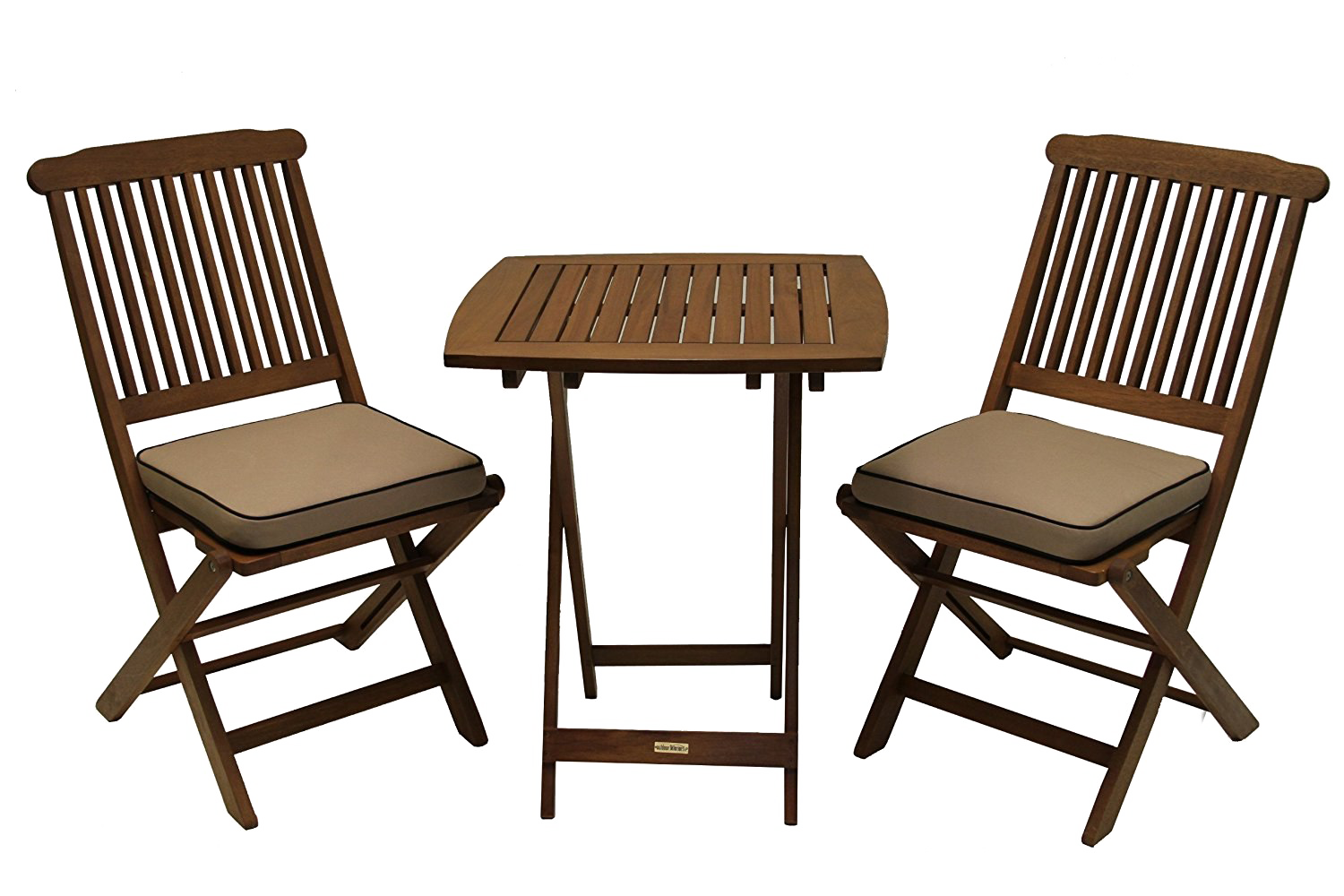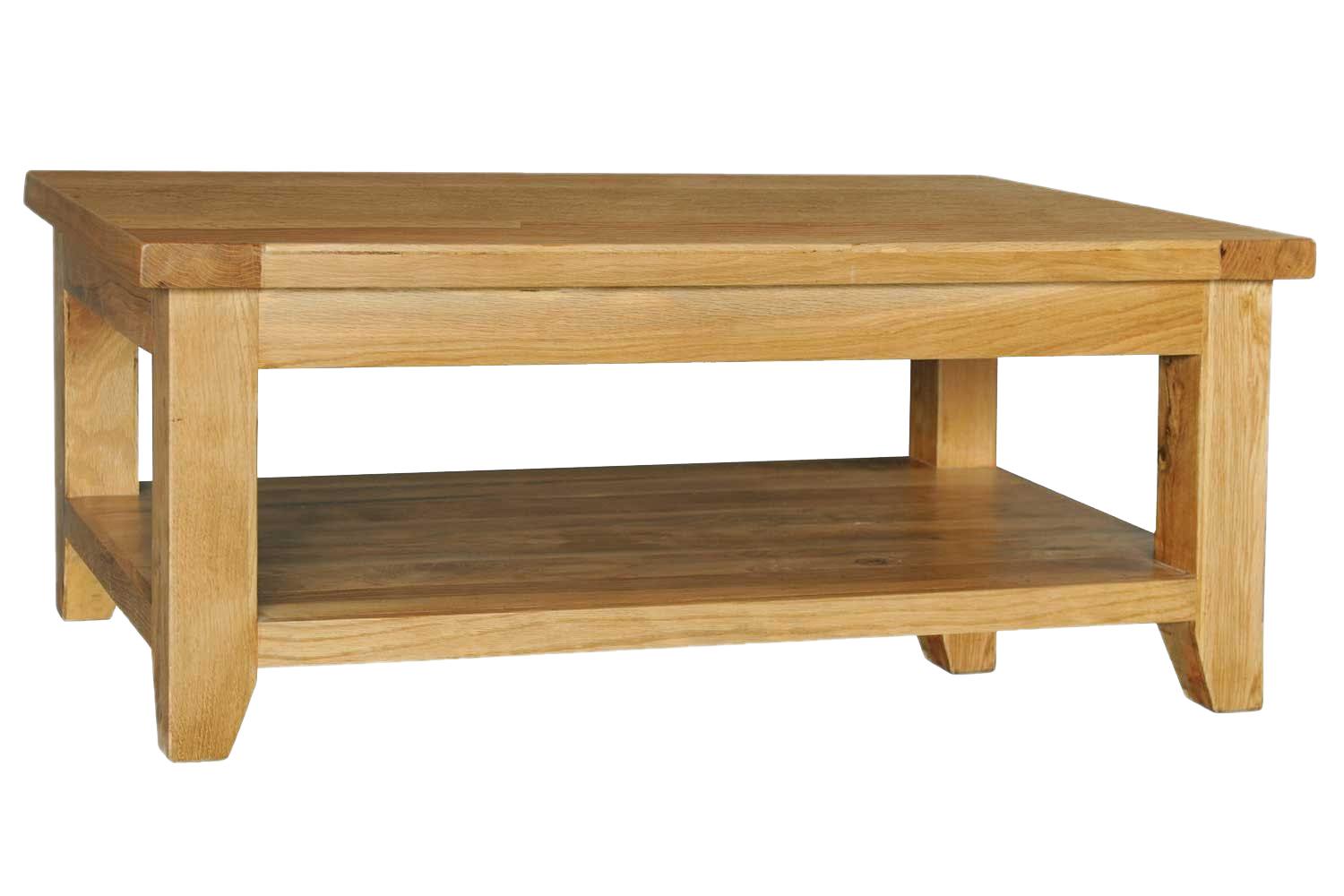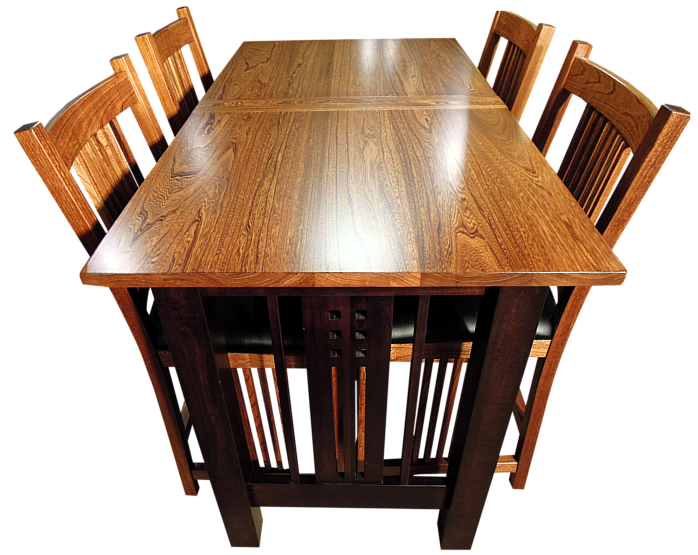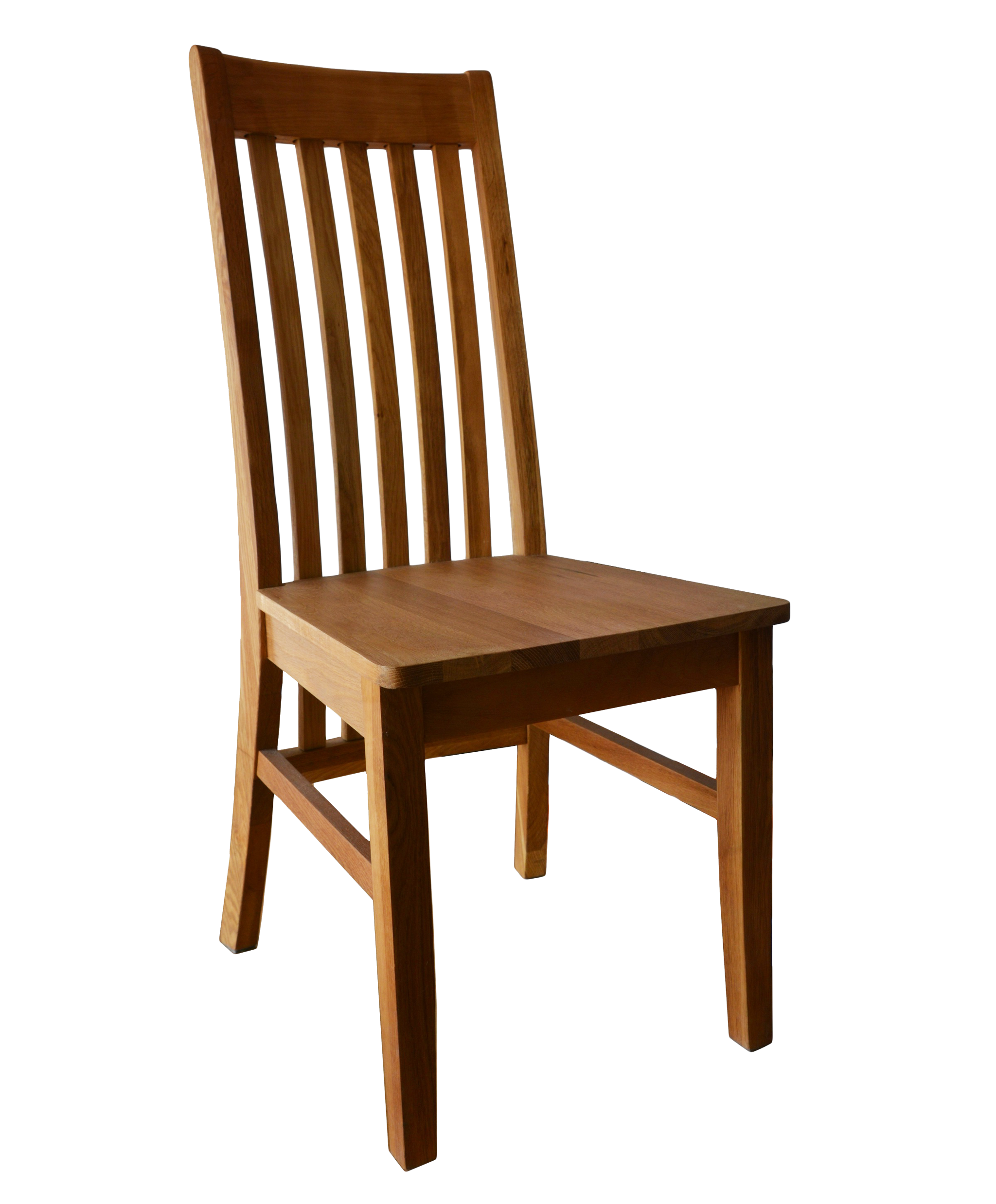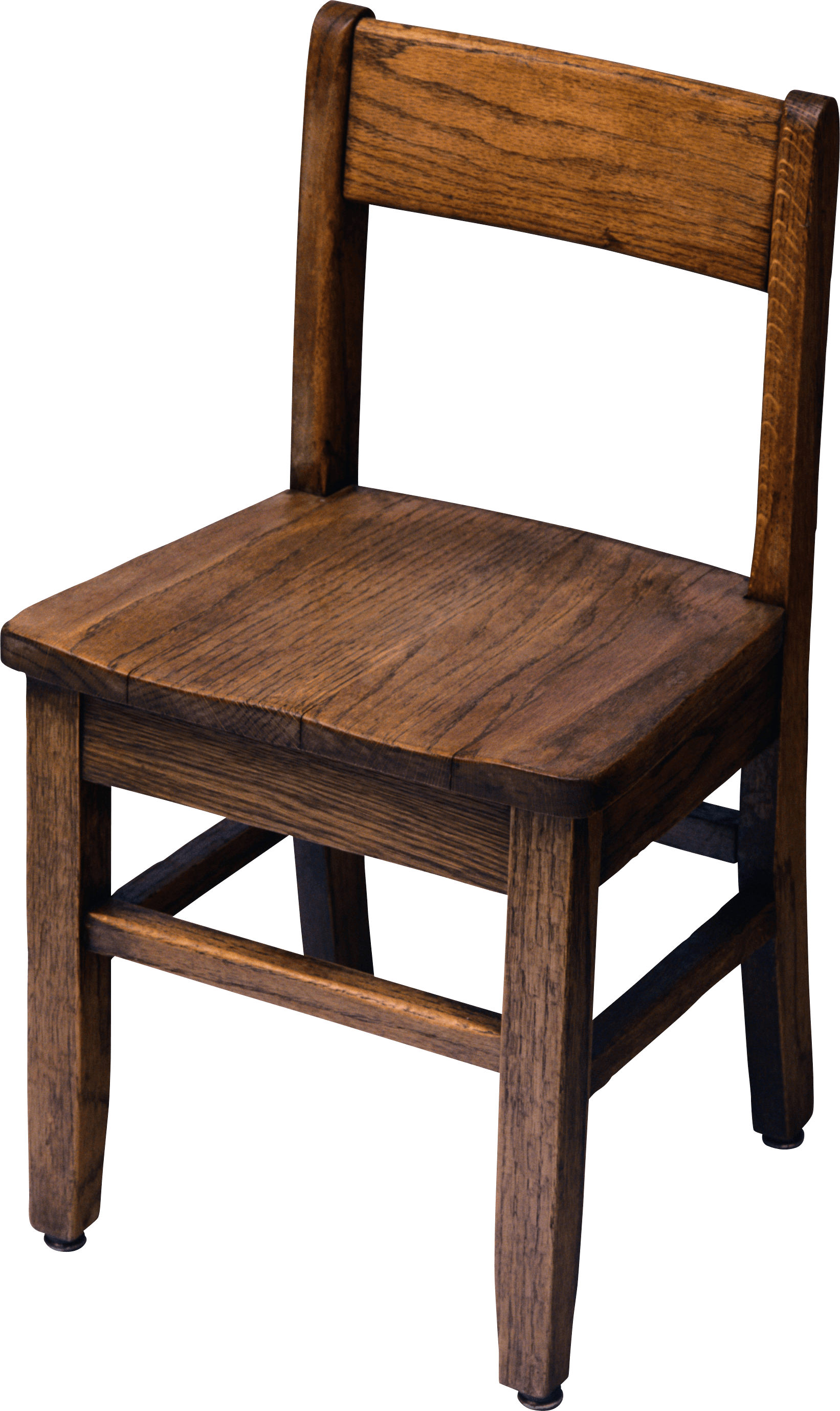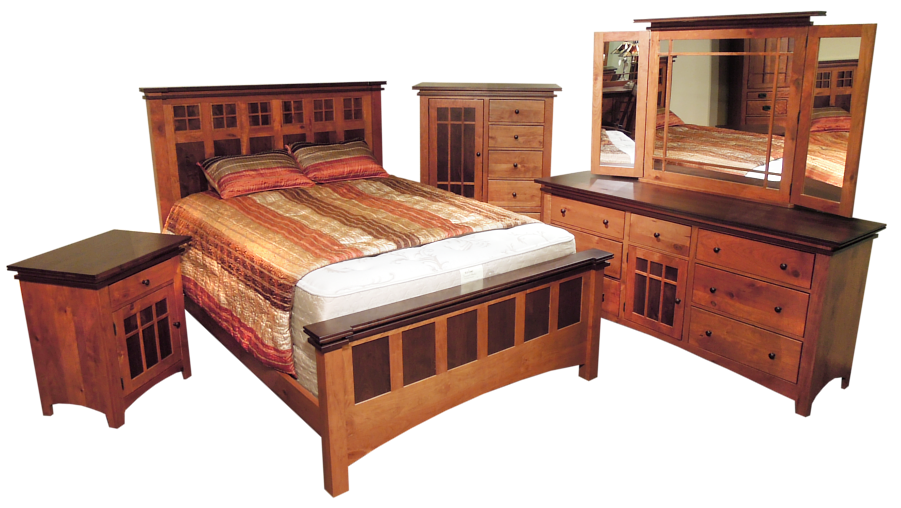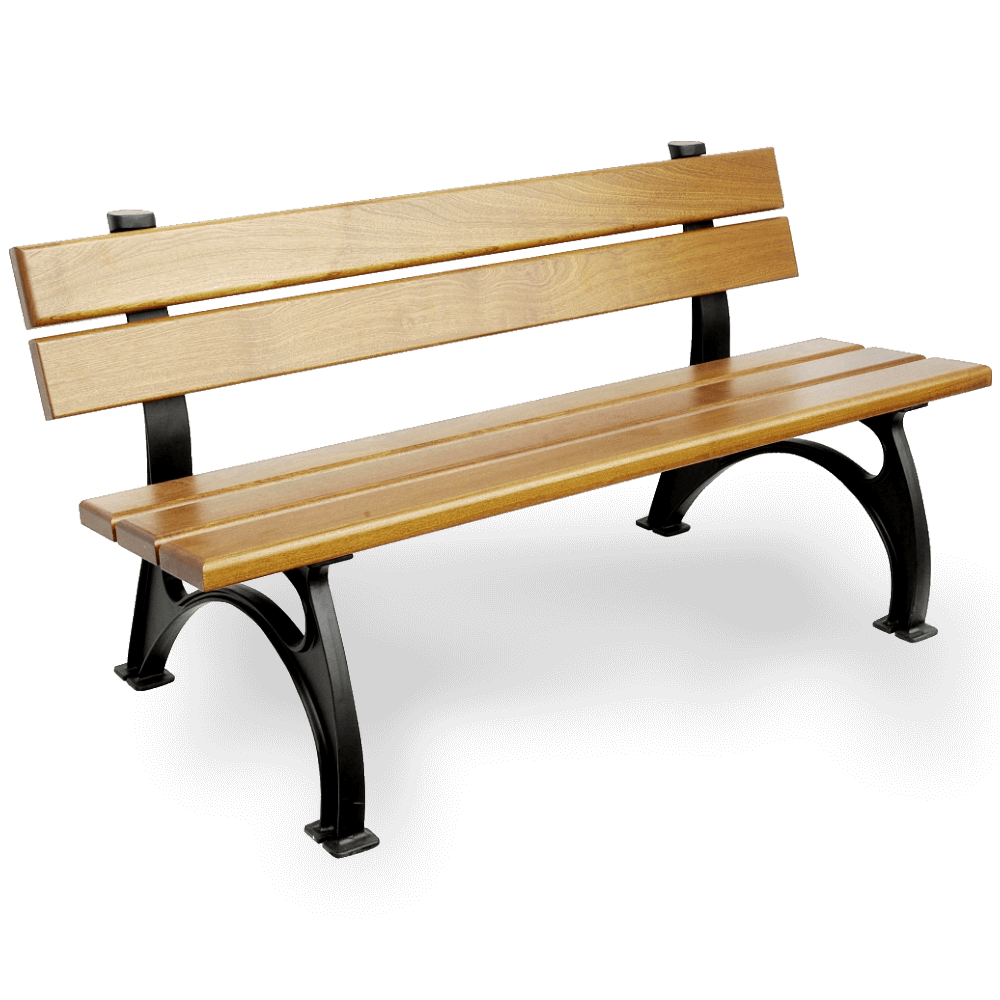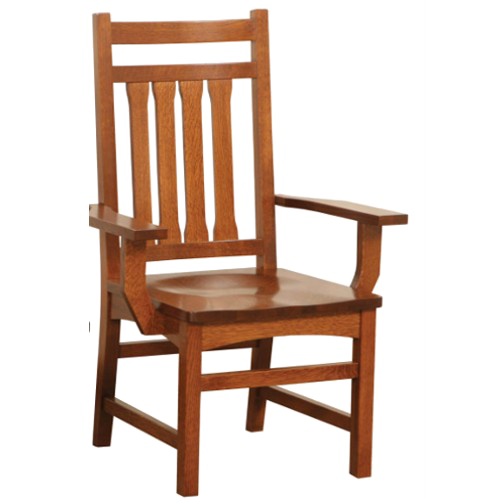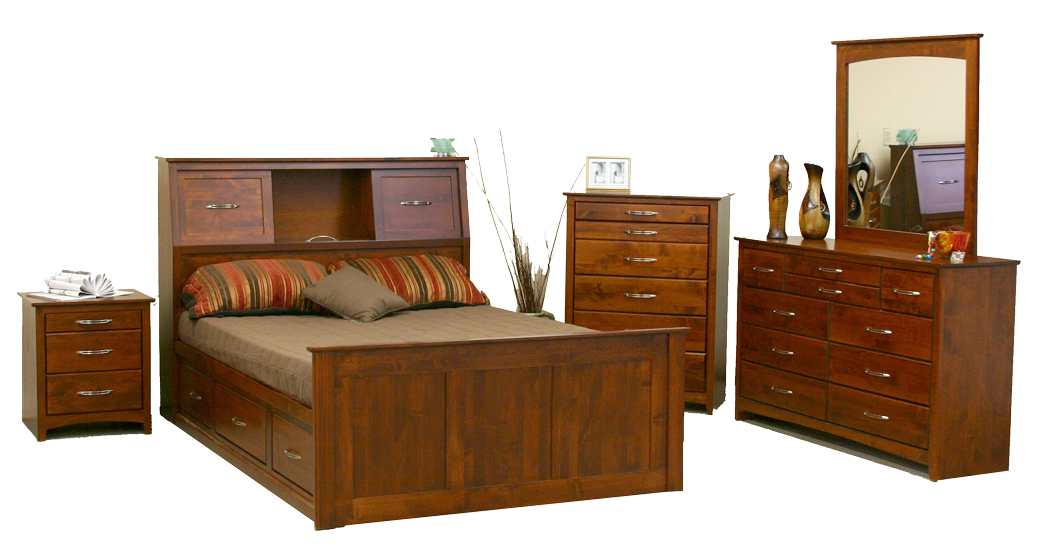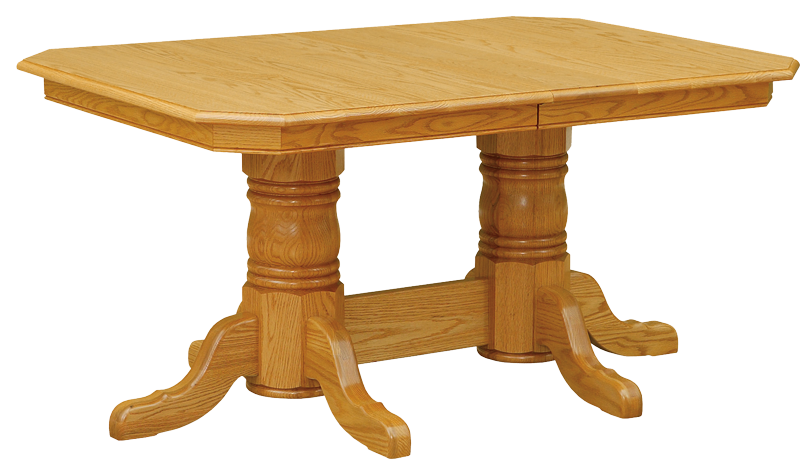Download top and best high-quality free Wooden Furniture PNG Transparent Images backgrounds available in various sizes. To view the full PNG size resolution click on any of the below image thumbnail.
License Info: Creative Commons 4.0 BY-NC
Furniture is a term used to describe moveable things that are used to support human activities such as seating (e.g., stools, chairs, and couches), dining (tables), and sleeping (e.g., beds). Furniture can also be used to store items or to keep objects at a suitable height for work (as horizontal surfaces above the ground, such as tables and desks) (e.g., cupboards and shelves).
Furniture is a type of ornamental art and can be a result of design. Furniture can serve a symbolic or religious purpose in addition to its practical duty. Metal, plastic, and wood are among the materials that may be used to create it. Furniture may be built with several woodworking joints, many of which are culturally relevant.
Natural items such as tree stumps, pebbles, and moss have been used as furniture since the dawn of civilisation and used in some households/campsites today. Archaeological evidence suggests that people began to create and carve their furniture approximately 30,000 years ago, utilizing wood, stone, and animal bones. Early furniture from this period can be identified by artwork such as a Venus figure discovered in Russia, which depicts the goddess on a throne.
The first surviving existent furniture may be found in the houses of Skara Brae in Scotland, and it consists of stone closets, dressers, and beds. Joinery and other complex building techniques first appeared in ancient Egypt during the early dynasty period. Constructed wooden objects, such as stools and tables, were popular throughout this period, and they were often embellished with precious metals or ivory. The evolution of furniture design continued in ancient Greece and Rome, with thrones and klinai, multifunctional sofas used for lounging, eating, and sleeping, becoming widespread. Heavy, oak, and ornate furniture was common throughout the Middle Ages.
During the Italian Renaissance in the fourteenth and fifteenth centuries, furniture design flourished. In Southern and Northern Europe, the seventeenth century was marked by rich, sometimes gilded Baroque decorations. Revival styles are commonly associated with the nineteenth century. The first three-quarters of the twentieth century are frequently seen as the beginning of the Modernist movement. A return to natural forms and textures is a distinctive post-modern furniture design outcome.
Ancient Egypt’s civilization began with the clearing and irrigation of land along the Nile’s banks, which began around 6000 BCE. Society in the Nile Valley had already begun to organize crops and create big structures by that time. Egyptians in the southwestern portion of Egypt were grazing livestock and erecting huge structures during the time.
By about 4000 BCE, mortars were in use. The Nile Valley and delta people were self-sufficient, growing barley and emmer (an early type of wheat) and storing food in reed-matted pits. Cattle, goats, and pigs were reared, while linens and baskets were woven. Although there is no evidence of furniture from the predynastic era, examples from First Dynasty tombs show a sophisticated usage of furnishings in the period’s homes.
Egyptian art, including furniture design, advanced greatly throughout the dynasty period, which began around 3200 BCE. Egyptian furniture was mostly made of wood, although other materials, like leather, were occasionally employed, and items were frequently decorated with gold, silver, ivory, and ebony for ornamentation. Because the wood available in Egypt was unsuitable for furniture production, it had to be imported from other countries, notably Phoenicia. Due of the shortage of wood, new building techniques were required. One example is the use of scarf joints to link two shorter sections together to produce a longer beam and the construction of veneers with a thin layer of costly wood on top of a low-quality cheap wood as the main building material.
The stool was the first piece of sitting furniture utilized in Egyptian culture throughout the dynasty period, and it was used by everyone from the royal family to common inhabitants. Various designs were utilized, including stools with four vertical legs and some with crossed splayed legs; nevertheless, virtually all stools had rectangular seats. The workman’s stool, for example, is a basic three-legged construction with a concave seat meant for comfort during labor, and the considerably more elaborate folding stool, with crossed folding legs adorned with carved duck heads and ivory, and bronze hinges.
In early Egypt, full chairs were rarer, confined to only the affluent and high-ranking, and viewed as a status symbol; they did not reach regular families until the 18th dynasty. Early chairs had a straight back, whereas later chairs had an inclined back. Tables, which are extensively portrayed in art but nearly non-existent as surviving artifacts ” maybe because they were put outside tombs rather than within”and mattresses and storage chests- were other forms of furniture in ancient Egypt.
Download Wooden Furniture PNG images transparent gallery.
- Wooden Furniture Chair PNG File
Resolution: 990 × 1587
Size: 1296 KB
Image Format: .png
Download
- Wooden Furniture Table PNG Pic
Resolution: 800 × 564
Size: 431 KB
Image Format: .png
Download
- Wooden Furniture PNG Images
Resolution: 700 × 350
Size: 115 KB
Image Format: .png
Download
- Wooden Furniture PNG Photos
Resolution: 502 × 350
Size: 180 KB
Image Format: .png
Download
- Wooden Furniture Chair PNG Image
Resolution: 1000 × 534
Size: 293 KB
Image Format: .png
Download
- Wooden Furniture Chair PNG Photo
Resolution: 814 × 511
Size: 157 KB
Image Format: .png
Download
- Wooden Furniture Chair PNG Cutout
Resolution: 720 × 720
Size: 266 KB
Image Format: .png
Download
- Wooden Furniture Table PNG File
Resolution: 1807 × 1333
Size: 1039 KB
Image Format: .png
Download
- Wooden Furniture Transparent
Resolution: 850 × 531
Size: 363 KB
Image Format: .png
Download
- Wooden Furniture Chair PNG Images
Resolution: 804 × 1280
Size: 166 KB
Image Format: .png
Download
- Wooden Furniture Chair PNG Photos
Resolution: 500 × 432
Size: 386 KB
Image Format: .png
Download
- Wooden Furniture Table PNG Photo
Resolution: 800 × 745
Size: 566 KB
Image Format: .png
Download
- Wooden Furniture PNG Clipart
Resolution: 960 × 714
Size: 264 KB
Image Format: .png
Download
- Wooden Furniture Chair Transparent
Resolution: 1031 × 1280
Size: 286 KB
Image Format: .png
Download
- Wooden Furniture Table PNG Cutout
Resolution: 850 × 293
Size: 164 KB
Image Format: .png
Download
- Wooden Furniture PNG Picture
Resolution: 650 × 924
Size: 534 KB
Image Format: .png
Download
- Wooden Furniture Chair PNG Clipart
Resolution: 1033 × 1280
Size: 270 KB
Image Format: .png
Download
- Wooden Furniture PNG HD Image
Resolution: 512 × 512
Size: 20 KB
Image Format: .png
Download
- Wooden Furniture
Resolution: 860 × 306
Size: 211 KB
Image Format: .png
Download
- Wooden Furniture PNG Cutout
Resolution: 817 × 442
Size: 325 KB
Image Format: .png
Download
- Wooden Furniture Table PNG Image
Resolution: 1200 × 661
Size: 706 KB
Image Format: .png
Download
- Wooden Furniture PNG Image HD
Resolution: 1200 × 957
Size: 502 KB
Image Format: .png
Download
- Wooden Furniture No Background
Resolution: 600 × 600
Size: 320 KB
Image Format: .png
Download
- Wooden Furniture Chair PNG Picture
Resolution: 1433 × 2400
Size: 382 KB
Image Format: .png
Download
- Wooden Furniture Chair PNG HD Image
Resolution: 792 × 1253
Size: 671 KB
Image Format: .png
Download
- Wooden Furniture PNG Images HD
Resolution: 669 × 594
Size: 709 KB
Image Format: .png
Download
- Wooden Furniture PNG Free Image
Resolution: 900 × 663
Size: 575 KB
Image Format: .png
Download
- Wooden Furniture PNG
Resolution: 1500 × 1000
Size: 957 KB
Image Format: .png
Download
- Wooden Furniture Table
Resolution: 1500 × 1000
Size: 516 KB
Image Format: .png
Download
- Wooden Furniture PNG Pic
Resolution: 698 × 555
Size: 506 KB
Image Format: .png
Download
- Wooden Furniture Chair
Resolution: 2048 × 2476
Size: 1893 KB
Image Format: .png
Download
- Wooden Furniture Chair PNG
Resolution: 1642 × 2757
Size: 1286 KB
Image Format: .png
Download
- Wooden Furniture PNG File
Resolution: 901 × 508
Size: 504 KB
Image Format: .png
Download
- Wooden Furniture PNG Image
Resolution: 1000 × 1000
Size: 436 KB
Image Format: .png
Download
- Wooden Furniture Chair PNG Pic
Resolution: 500 × 500
Size: 150 KB
Image Format: .png
Download
- Wooden Furniture PNG Photo
Resolution: 1056 × 547
Size: 624 KB
Image Format: .png
Download
- Wooden Furniture Table PNG
Resolution: 800 × 472
Size: 318 KB
Image Format: .png
Download
